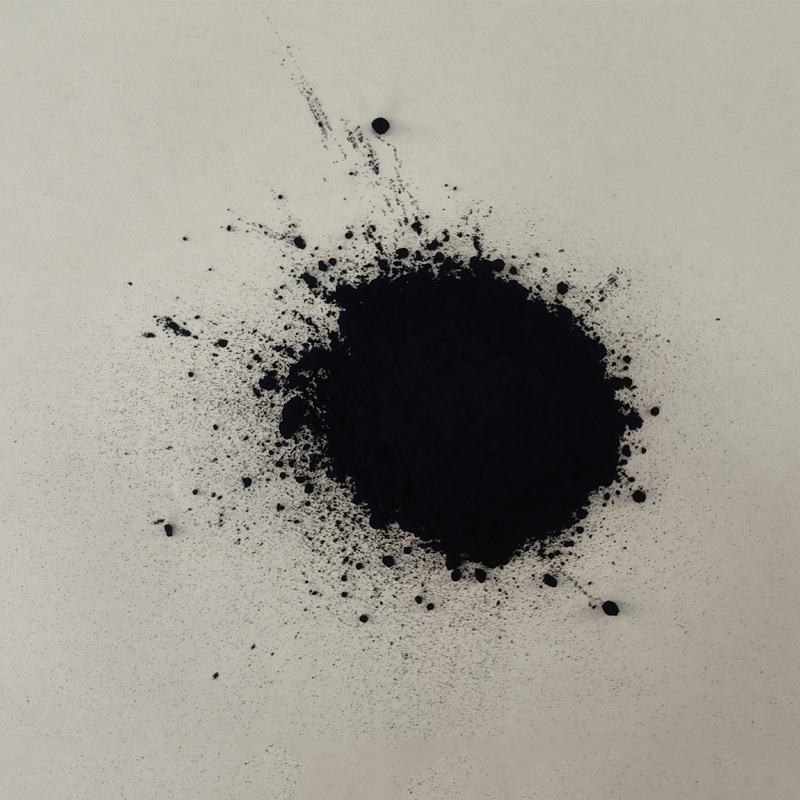
indigo powder india
Indigo powder, a natural dye derived from the leaves of the indigo plant, has deep roots in Indian culture and history. With its vibrant blue hue, indigo has been used for centuries in textiles, art, and even traditional medicine. In recent years, there has been a resurgence of interest in organic and sustainable practices, prompting a renewed appreciation for indigo powder, particularly in India.
.
In India, indigo powder is widely used in textile dyeing, particularly in regions like Gujarat and Rajasthan, where traditional methods continue to flourish. Artisans expertly dye cotton and silk fabrics, creating intricate patterns and designs that showcase the beauty of indigo. The use of indigo in textiles is not just about aesthetics; it also holds cultural significance, with many communities incorporating indigo-dyed fabrics into their traditional attire.
indigo powder india

Moreover, indigo powder has found its way into the beauty industry, touted for its natural properties. It is increasingly used in hair dyes, offering a chemical-free alternative to synthetic dyes. Many people appreciate indigo for its ability to impart rich color while also nourishing the hair. Additionally, it is known for its potential benefits for the scalp and hair health, making it a popular choice among those seeking organic beauty solutions.
The revival of interest in indigo powder also aligns with the broader movement toward sustainable and eco-friendly practices. Consumers are becoming more conscious of the environmental impact of synthetic dyes, prompting a shift towards natural alternatives. Indigo powder not only meets this demand but also supports local farmers and artisans in India, contributing to rural economies.
In conclusion, indigo powder from India is more than just a dye; it is a symbol of cultural heritage, sustainable practices, and a connection to nature. As the world embraces natural products, the timeless allure of indigo continues to resonate, promising a vibrant future for this ancient craft.
-
The Timeless Art of Denim Indigo Dye
NewsJul.01,2025
-
The Rise of Sulfur Dyed Denim
NewsJul.01,2025
-
The Rich Revival of the Best Indigo Dye
NewsJul.01,2025
-
The Enduring Strength of Sulphur Black
NewsJul.01,2025
-
The Ancient Art of Chinese Indigo Dye
NewsJul.01,2025
-
Industry Power of Indigo
NewsJul.01,2025
-
Black Sulfur is Leading the Next Wave
NewsJul.01,2025

Sulphur Black
1.Name: sulphur black; Sulfur Black; Sulphur Black 1;
2.Structure formula:
3.Molecule formula: C6H4N2O5
4.CAS No.: 1326-82-5
5.HS code: 32041911
6.Product specification:Appearance:black phosphorus flakes; black liquid

Bromo Indigo; Vat Bromo-Indigo; C.I.Vat Blue 5
1.Name: Bromo indigo; Vat bromo-indigo; C.I.Vat blue 5;
2.Structure formula:
3.Molecule formula: C16H6Br4N2O2
4.CAS No.: 2475-31-2
5.HS code: 3204151000 6.Major usage and instruction: Be mainly used to dye cotton fabrics.

Indigo Blue Vat Blue
1.Name: indigo blue,vat blue 1,
2.Structure formula:
3.Molecule formula: C16H10N2O2
4.. CAS No.: 482-89-3
5.Molecule weight: 262.62
6.HS code: 3204151000
7.Major usage and instruction: Be mainly used to dye cotton fabrics.
